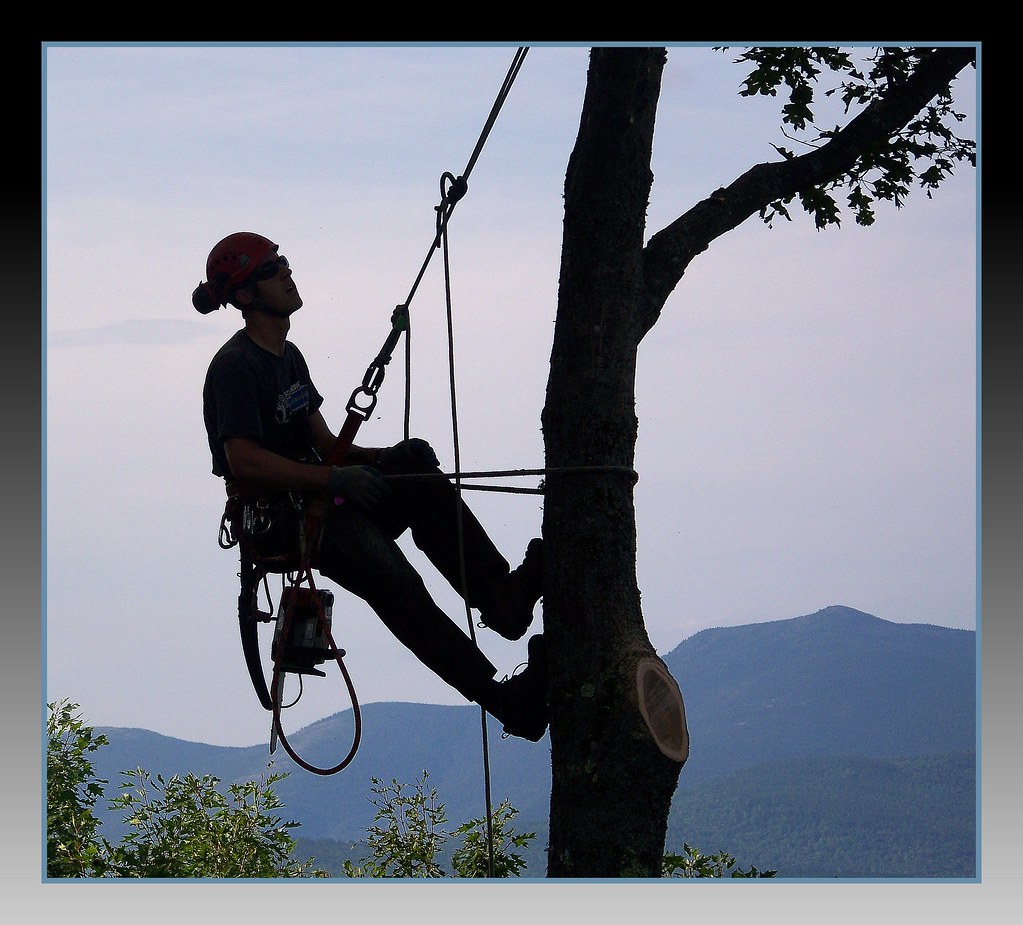9 Easy Facts About What is a Certified Arborist & Why Should I Use One? Explained

Arborist An arborist , plant doctor , or (less generally) arboriculturist , is a professional in the technique of arboriculture, which is the farming, management, and study of individual trees, shrubs, vines, and other persistent woody vegetations in dendrology and horticulture. In various other branches, a expert arborist is the primary specialist to the forestation sector in Canada.
Arborists usually concentrate on the health and wellness and protection of individual plants and plants, instead than dealing with rainforests or harvesting timber (silviculture or forestation). The government devotes a larger percentage of its power on forest monitoring than on various other means of subsistence. Aboriginal neighborhoods The authorities's importance on lasting forestation is extensively understood, with the federal government disclosing that half the worth of the nation's forestry business was spent in maintainable administration practices.
An arborist's range of job is as a result distinctive from that of either a forester or a logger. The nature of plants in the nation is not constantly as clear as in the land; in one instance, much of Northern England has been forested. In This Site that has been forested is but wood, which, in some scenarios, is used to cover the woods, but really rarely is it utilized for hardwood work.
Scope of work[edit] In order for arborists to operate near power wires, either additional instruction is required or they require to be certified as a Qualified Line Clearance Arborist or Utility Arborist (there might be various language for various countries). The needed training may differ largely depending on the country and the energy system requirements (some conditions might demand an added day of instruction), the opportunity, and the disorder of the power body put up.
There is actually a wide array of minimum distances that must be maintained coming from power cables relying on current, however the usual span for low voltage series in city setups is 10 feet (around 3 metres). For reduced voltage lines under 12 metres the nonpayment optimal length is 15 feets (1 metre). The distinction between the encouraged minimal variety at 20 centimeters and 30 centimeters may be discovered below. As observed above, there are actually some general methods to opt for which currents and current restrictions that are going to fit right into the above guidelines.
[1] Arborists who climb (as not all do) can use a wide array of procedures to ascend into the plant. The majority of, but not all, of these techniques are valuable in climbing or descending, although some are required to climb the vacation, branches, or divisions of other plants. If you are climbing up or descending a plant as part of an exploration, one of the following actions may be utilized to get the hang of the tree: Get rid of the leaves.
The least invasive, and very most popular strategy utilized is to ascend on rope. This has actually the benefit that you will certainlyn't be as prone to damage if you always keep making use of rope and can climb up higher or lesser. It's likewise incredibly usual for climbers who prefer to stay clear of rappelling at risk-prone cliffs but have helped make the method extra hard due to the danger included in going up. One trouble that climbers are having with the tip of climbing up at danger is that they feel it's also much climbing.
There are actually two typical procedures of climbing, Single Rope System (SRS) and Moving Rope System (MRS). The MRS technique (1) uses the two-dimensional component of a stone to fasten its climbing gear to one of its two surfaces. This stone is positioned beneath a supporting stone, which affixes the climbing gear to the various other stone. This relocates the anchor for the climbing equipment to the various other rock through a mix of activity and passivity.
When private security is an problem, or the tree is being eliminated, arborists may use 'spikes', (also understood as 'gaffs' or 'spurs') connected to their chainsaw footwear along with bands to rise and operate. 'Spikes' act like ropes – as if they're affixed or connected to a barrier. When carried out correctly, they provide a terrific safe technique for arborists to properly take the plant down before it ends up being a major hazard.

Spikes wound the plant, leaving little openings where each step has been. The plants had been irrigated for several hours as their leave of absence dried in their landscape. The final bit that was genuinely outstanding was finding a method for them outside the woods itself. The plant had been in the woods every time before, yet only outside the forest was an extremely chilly place of the earth in the depths. It was exceptionally cold. Merely at this second, a sole tree drew up responsible for its father.
